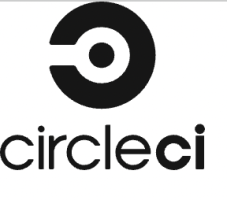


From building, testing, and deploying traditional deterministic applications to more modern unpredictable ones enabled by generative AI, software delivery has evolved dramatically in recent years. As AI penetrates the software development lifecycle from all angles, our established processes face unprecedented disruption.
Without standardized approaches for AI-enabled software integration, many engineering teams rely on manual oversight, vibe checks, and incident responses when users face issues in production. The generative nature of AI model outputs creates both opportunity and risk, given its opacity and unpredictability. Engineers face countless prompt engineering iterations before reaching production-ready code, while lacking full confidence in shipping features, as solutions oftentimes get YOLOed into production. This dynamic prevents teams from establishing disciplined approaches to high-quality AI-enabled development.
In this session, we'll explore how engineers can go beyond “vibes” and establish best practices that leverage the richness of AI capability while maintaining quality and confidence throughout the software development lifecycle – from ideating, building inside IDEs, and running tests, through deploying to production and beyond.
Speaker

Ryan Hamilton
Senior Software Engineer on the AI Team @CircleCI
With over 40 years as a coder, Ryan Hamilton is a senior software engineer on the AI Team at CircleCI. Spending most afternoons after school at his father's software store in the early 80's, he started writing code in second grade on an Apple II in BASIC, and has been coding in countless capacities ever since.
For him, "software delivery" has meant everything from shipping floppy disks to brick-n-mortar outlets in cardboard boxes to YOLOing AI-generated apps into production on straight-up vibes, but he believes that there are certain timeless SDLC principles that have remained intact through it all.
Find Ryan Hamilton at:
Session Sponsored By

CI/CD platform designed for software innovation at scale to reduce the time from idea to execution.

